Table of Contents
Every click in Find the Picture for 1st Class uncovers a child’s hidden gap.
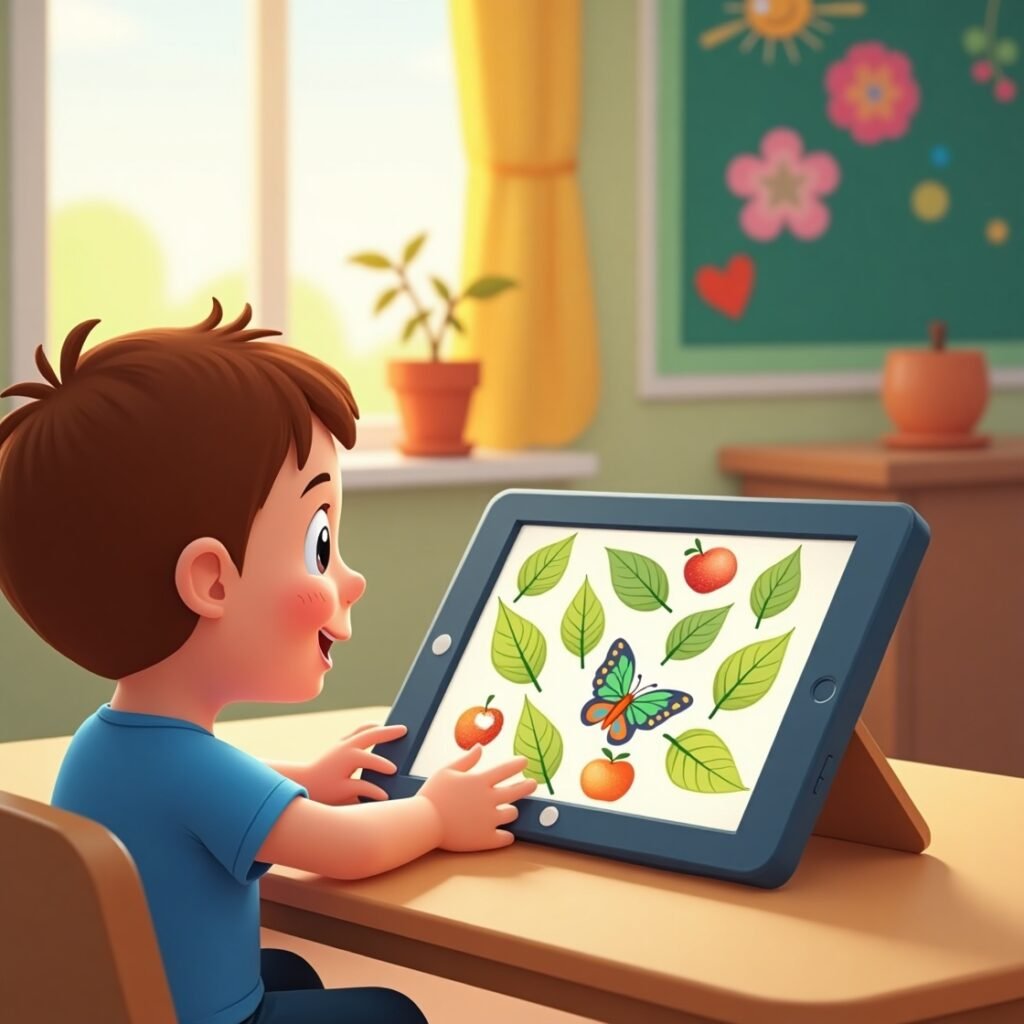
For most people, Find the Picture for 1st Class might look like a casual, colorful game. But beneath the surface, it quietly reveals something far more important: your child’s hidden learning struggles. This isn’t just a game with fun visuals and playful sounds—it’s a diagnostic tool disguised as entertainment.
When children interact with this seemingly simple task, they’re actually giving us deep insight into their attention span, memory, cognitive ability, emotional control, and much more. FocusFun’s Find the Picture for 1st Class becomes a soft spotlight on struggles that textbooks and classrooms often fail to illuminate.
Let’s explore the exact problems this game brings out—often silently, and long before the report card does.
Problem 1: Inability to Focus on Visual Cues
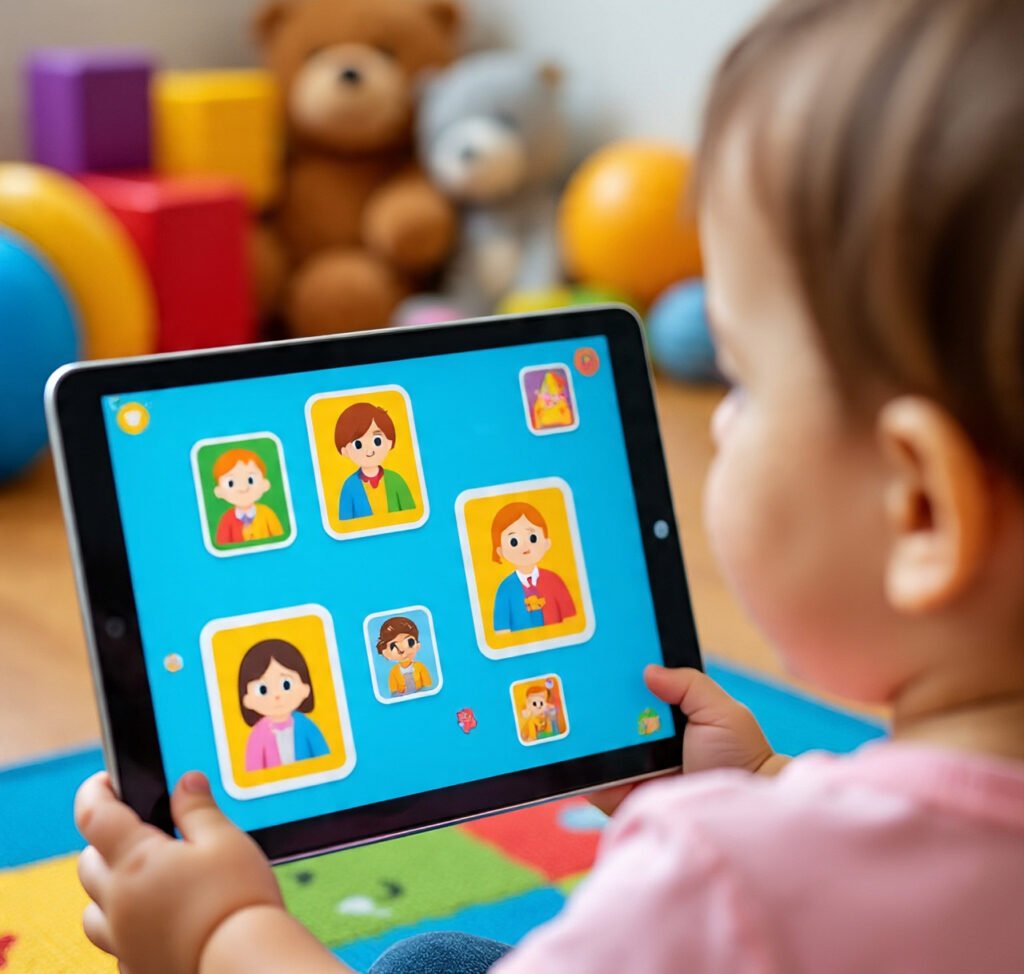
In the Find the Picture for 1st Class game, your child sees four images and is asked to find the correct one. But instead of choosing, they keep shifting their gaze or stare blankly.
This isn’t about not knowing the answer—it’s about being unable to hold visual focus.
Many 1st class children have short attention spans, and this play-based learning activity shows that clearly.
This same issue shows up in school as:
- Losing track of where they are while reading
- Not following instructions that involve visual cues
- Getting distracted during picture-based assignments
Games like this highlight when the problem is not knowledge, but attention.
Problem 2: Poor Object Recognition
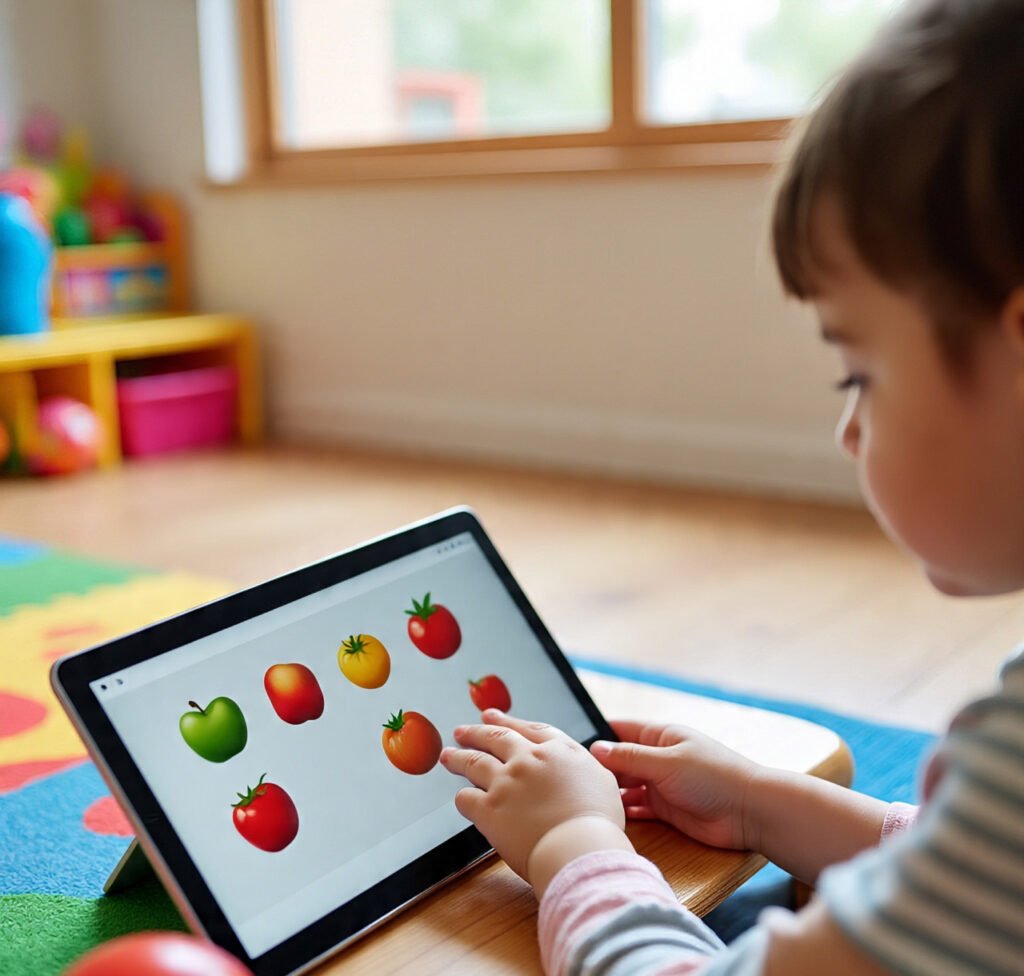
Ask the child to find a “ball” they tap on a circle-shaped fruit.
They aren’t guessing randomly. They’re struggling to identify or differentiate images.
This is where a visual skill game for kids ] like Find the Picture becomes important.
In class, this causes:
- Confusion between similar letters (b/d, p/q)
- Mistakes in shape-based math questions
- Inability to connect images to words in books
The problem is not memory—it’s recognition.
Problem 3: Delayed Decision-Making
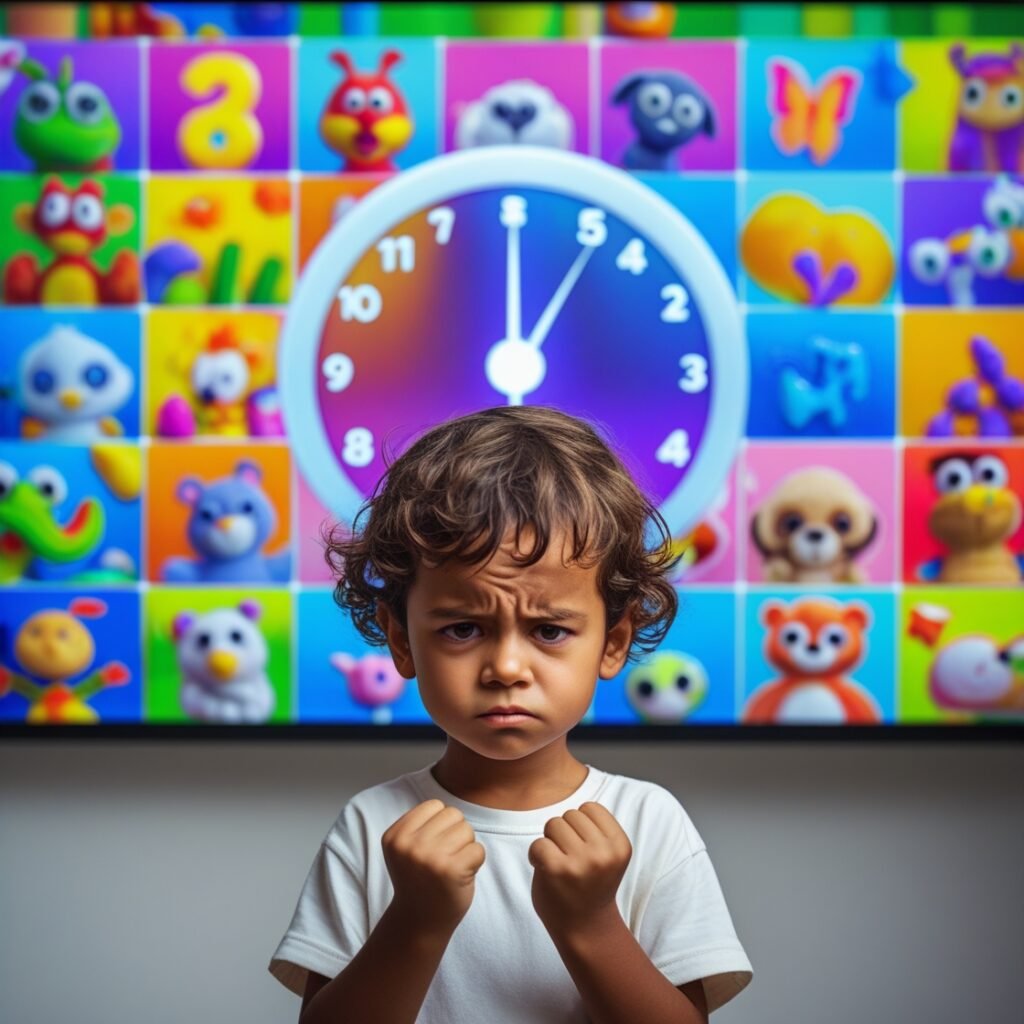
When the timer starts, Find the Picture for 1st Class many kids freeze. They take too long to choose, even when they know the answer. This reveals a processing speed challenge.
The timed challenge in FocusFun pushes the child to make a decision—and in that moment, we see how quickly (or slowly) they can respond under pressure.
This translates to:
- Not finishing worksheets in class
- Freezing during oral quizzes
- Panic in time-bound tasks
Problem 4: Weak Visual Memory
Show a picture of a dog in a hat. Then ask the child to find it again later—they don’t recognize it.
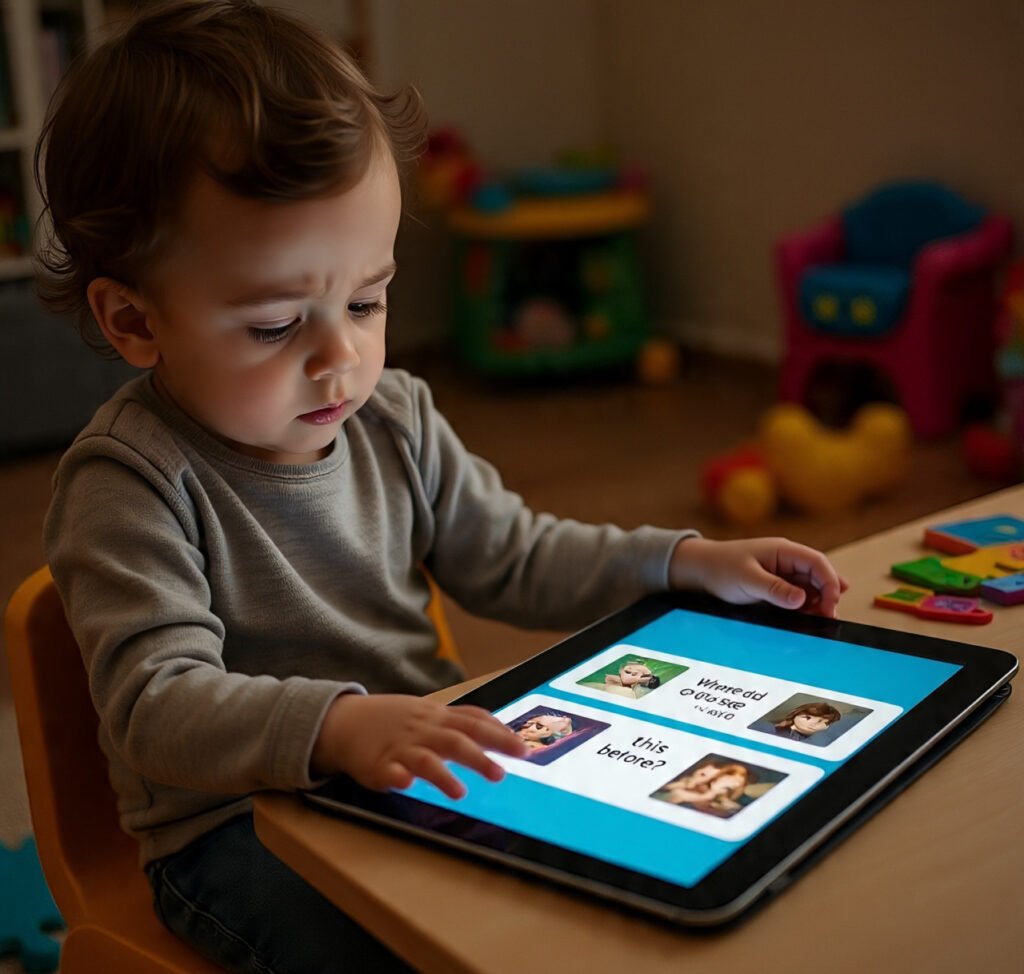
This is poor visual memory—the brain’s ability to recall what it saw recently.
This image-based memory game reveals just how much children are retaining.
In the classroom, this might look like:
- Forgetting how a word looks
- Struggling to remember diagrams or story images
- Reading a line multiple times and still not understanding
Problem 5: Overstimulation from Visual Clutter
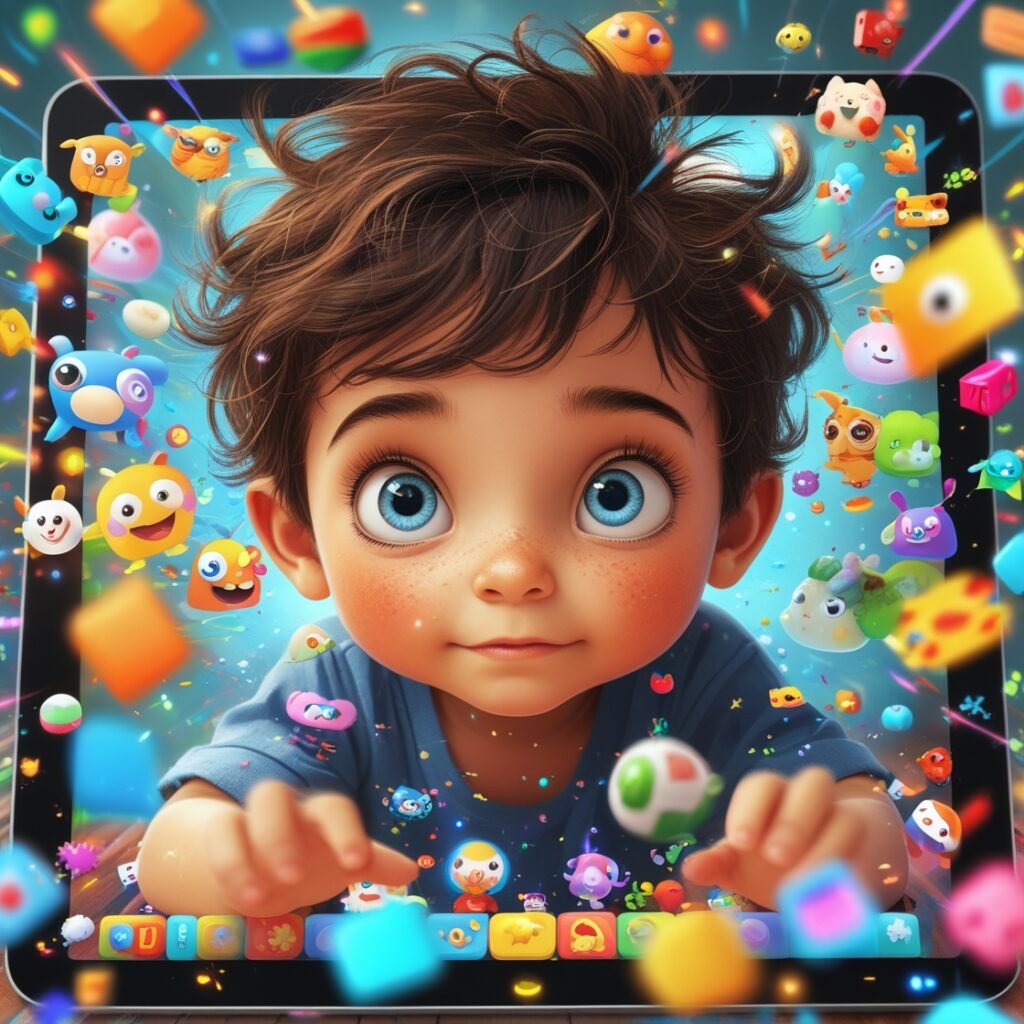
Too many colors, too many choices—some children look overwhelmed, not excited.
They fidget, randomly click, or quit altogether.
This interactive picture game like Find the Picture for 1st Class reflects a sensory processing issue.
You’ll see it in real life as:
- Avoiding art or coloring tasks
- Getting anxious in busy classrooms
- Saying “it’s too much” when presented with complex visuals
This problem has less to do with intelligence and more to do with brain wiring.
Problem 6: Trouble with Categorization
Ask the child to “find all fruits” among animals, toys, and vegetables—and they click a carrot or a car.
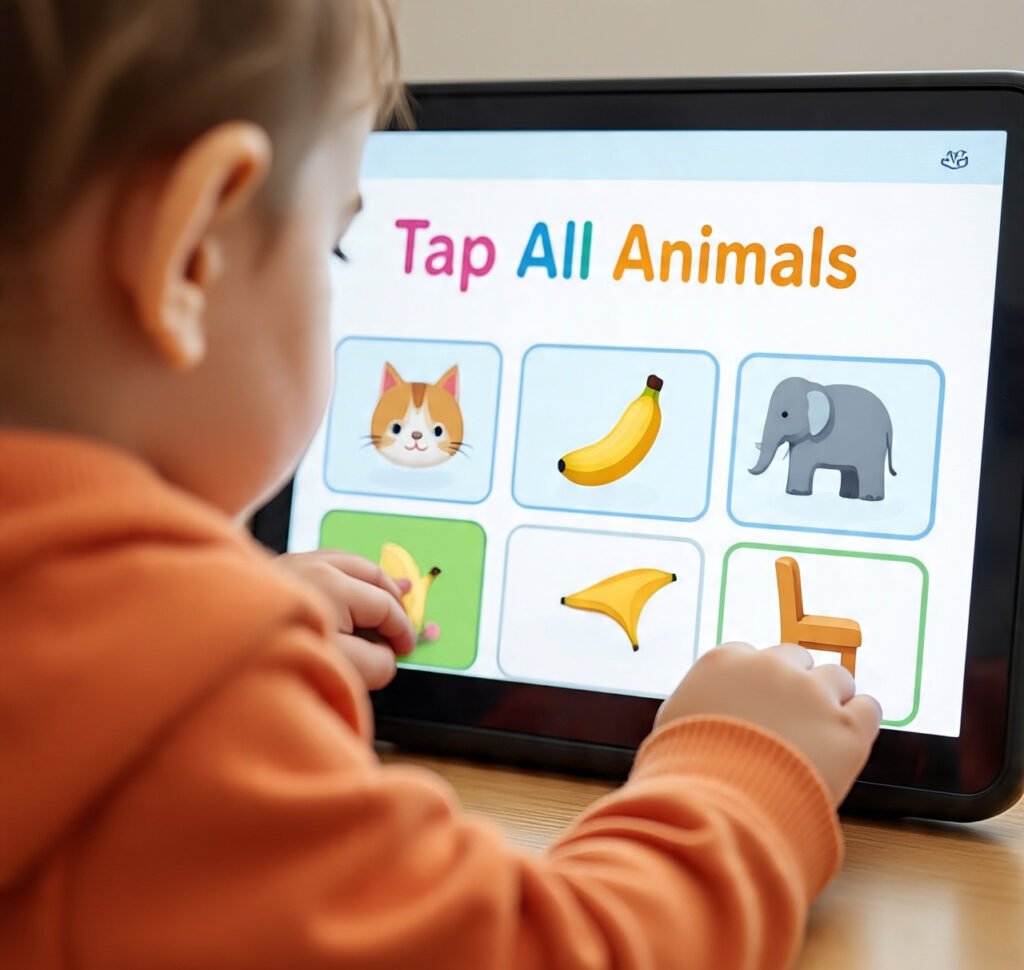
This isn’t just a mistake. It shows they haven’t yet developed grouping skills.
This early logic development game reveals that gap.
Such children:
- Struggle to sort information mentally
- Get confused with science topics like “living vs. non-living”
- Find it hard to connect words and meaning
Problem 7: Low Emotional Endurance
One wrong tap. A red “X.” The child gets upset, frowns, or stops playing.
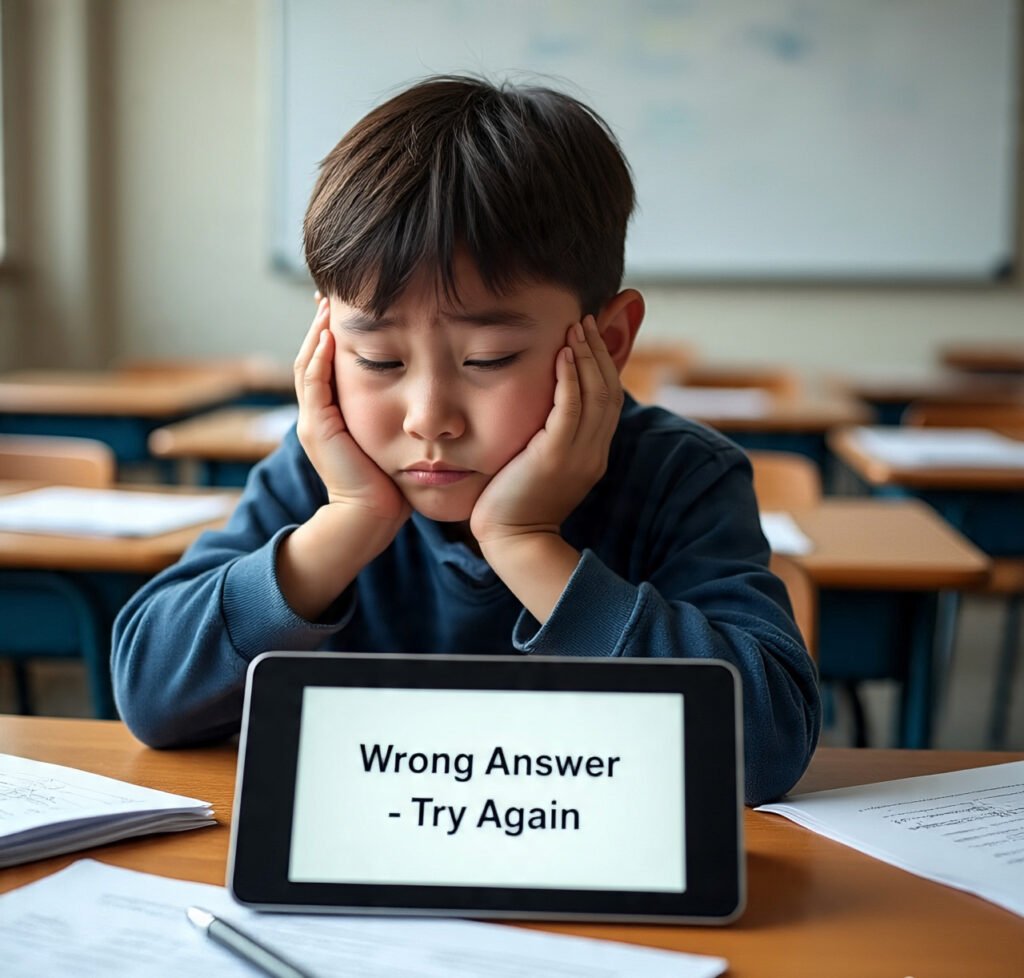
The issue? Low frustration tolerance.
They don’t handle mistakes well—and this game triggers that.
It’s a reflection of how they react in real classrooms too:
- Fear of answering out loud
- Getting upset over small errors
- Avoiding new challenges due to fear of failure
This emotional response through gameplay is something only interactive platforms like FocusFun can expose early.
Problem 8: No Self-Correction After Mistakes
Tap the wrong picture once—okay.
Tap the same wrong one again—and again—and again?
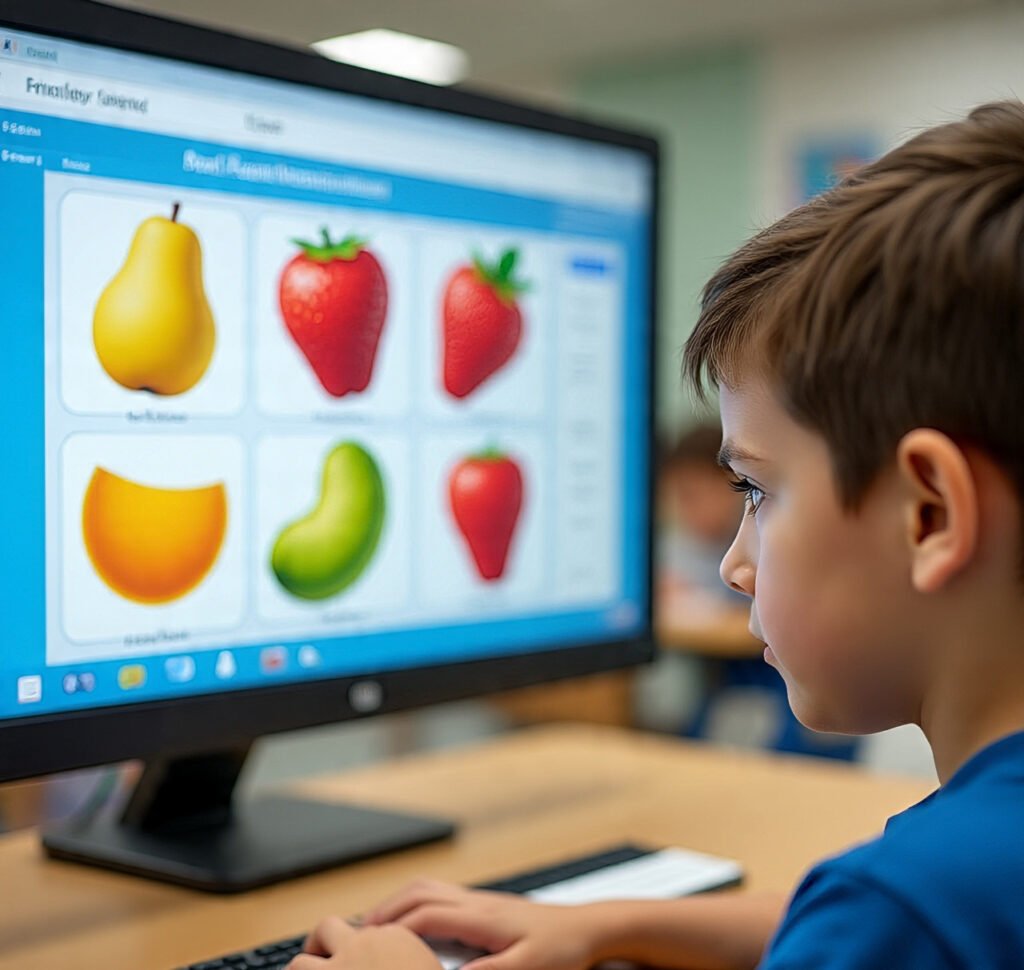
Now it’s no longer about knowing. It’s about how the brain reflects on feedback.
Find the Picture for 1st Class cognitive feedback tool reveals whether a child is just guessing or truly thinking.
In school, this shows up as:
- Repeating the same spelling mistakes
- Ignoring corrections
- Needing constant reminders for the same concept
Problem 9: Confusion Between Similar Words or Sounds
“Find the bat.” The game shows a cricket bat, a flying bat, and a baseball bat. The child taps the wrong one.
This isn’t poor vocabulary. It’s language confusion—and it starts early.
This word-image matching game catches that.
In class, this becomes:
- Poor comprehension
- Difficulty following verbal instructions
- Slower reading development
Problem 10: Struggles with Pattern Recognition
Find the one that “doesn’t belong.” Most kids get it—but some click randomly.
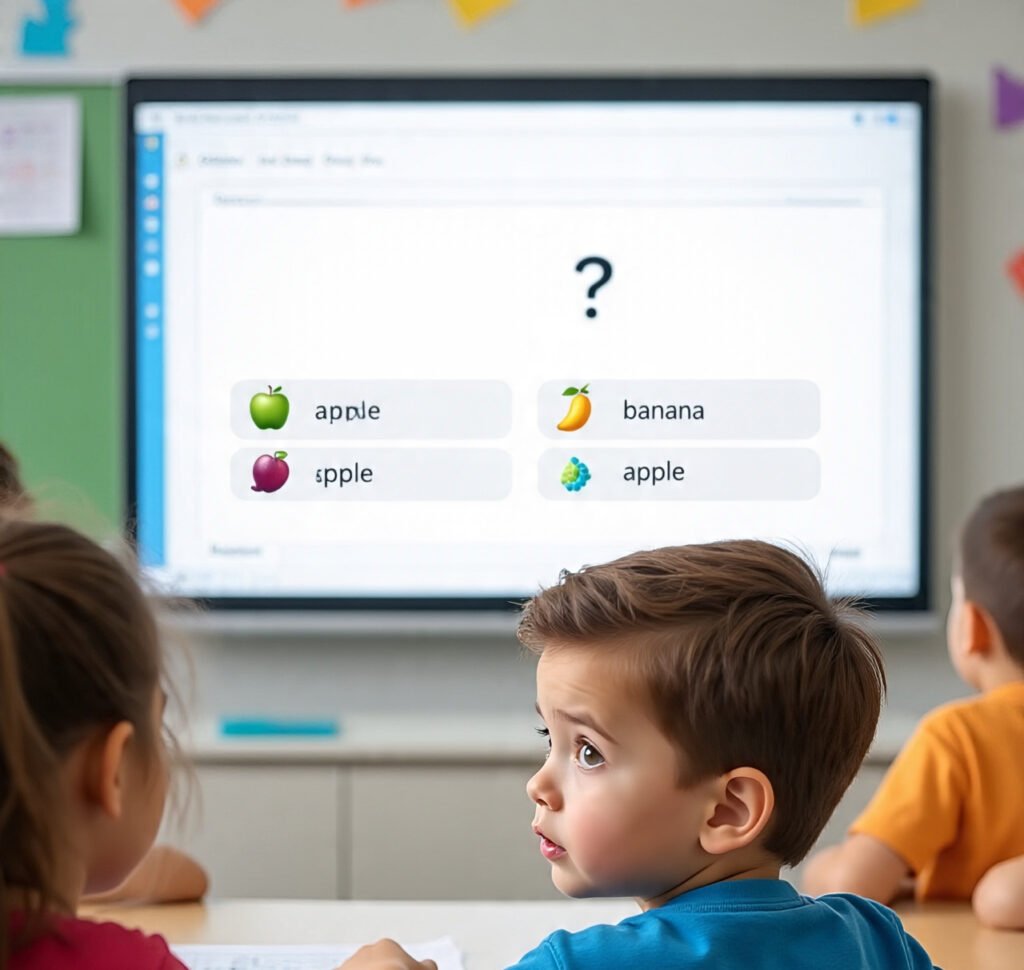
That’s a red flag. It means pattern recognition is underdeveloped.
A good pattern spotting challenge like Find the Picture for 1st Class shows whether a child can:
- Spot sequences
- Understand relationships
- Think logically
These are the foundations of math, grammar, and reasoning.
Every child struggles with something. But most systems wait for the struggle to become visible—when grades drop, or behavior worsens.
The beauty of Find the Picture for 1st Class is that it quietly shows these struggles early, gently, and without judgment.
The FocusFun app doesn’t just diagnose. It helps children overcome these gaps—with repetition, encouragement, and playful feedback.
When you know what your child is missing, you know exactly what to support.
That’s not just learning—that’s understanding
FAQs
1. How can I search using a picture in a learning game?
ans. Young students often struggle to associate images with real-world meanings. That’s why Find the Picture for 1st Class helps educators observe how well a child can connect visuals with concepts
2. How do I find a picture I have on Google in a classroom setting?
ans. While Google helps adults search, Find the Picture for 1st Class reveals how children mentally search and recall images an early indicator of memory strength and visual processing.
3. How do I identify a photo online, and how is it different for kids?
ans. Adults use context to identify images, but Find the Picture for 1st Class shows how children interpret pictures with limited vocabulary and logical reasoning.
4. Can I use a game to improve picture recognition skills in kids?
ans.Yes. Games like Find the Picture for 1st Class are designed to expose how children decode images, helping spot delays in focus, attention, and pattern matching.
5. How to use image-based games like Google Lens but for children?
ans. Google Lens is for advanced users. But Find the Picture for 1st Class offers a child-friendly version of visual search that strengthens observation, attention, and recall without tech complexity.
